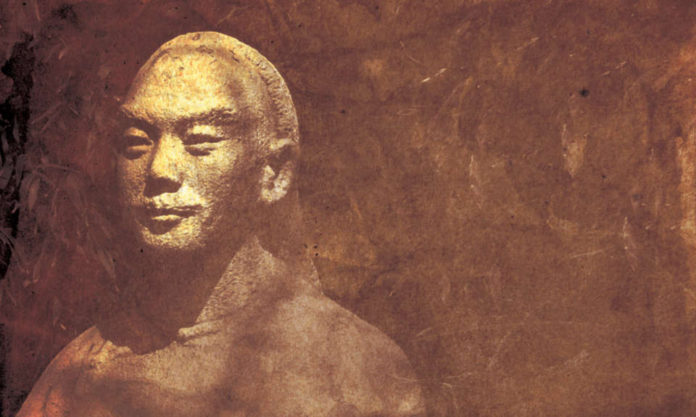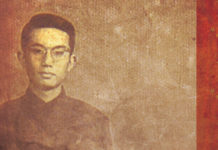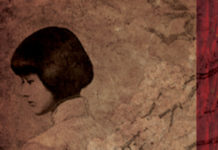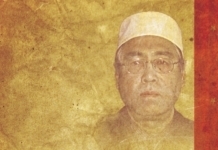Cao Xueqin (曹雪芹) was a free-spirited individual with a fondness for the bottle. But he was also a visionary with a keen eye for the human condition, largely the result of his family’s fall from grace in the eyes of the ruling elites. He spent his last decade destitute, all the while writing a novel that he would never see finished, and never see published, one that long after his death would to go on to be one of the four great classics of Chinese literature.
Today, the Jiangning Imperial Silk Manufacturing Museum sits on the ruins of the Jiangning Imperial Silk Manufacturing Government Office. This was a temporary palace for the emperors during their southern tours, from the reign of Emperor Kangxi (1654 – 1722 CE) to that of Emperor Qianlong (1711 – 1799 CE).
It was the largest such structure in the country and was also the birthplace of Cao. This should have paved the way for a life of nobility, but it was to be short lived.
Cao’s grandfather, Cao Yin (曹寅), was, as a young boy, friends with the future emperor, Kangxi. His great grandfather was later appointed by the emperor to serve in Nanjing (then Jiangning) as Commissioner of Imperial Textiles, a post that was, upon his death, handed down to Cao Yin.
By the time Cao eventually came along, the family was sufficiently powerful and respected to have hosted Kangxi during four of his visits to Nanjing. The young Cao spent his days reading, writing or playing chess with the damsels of his entourage, when he wasn’t painting or writing poetry, that is.
It is surmised that he was referring to this kind of idilic life when he came up with the name for his work, “Dream of the Red Chamber” (红楼梦).
It would have never come to be, however, were it not for the despotic nature of Kangxi’s son, the newly-ascended Emperor Yongzheng. In his crack down on corruption, the Cao family were removed from office for “mismanagement of funds”, according to “China: Five Thousand Years of History and Civilization”, published by the City University of Hong Kong.
Purged to the outskirts of Beijing, Cao lived out his life largely in abject poverty, surviving with the help of friends and by selling off his paintings.
Writing the novel probably kept him sane. The precise observation of the social structures and divisions of 18th-century China predicted the collapse of feudalism society, criticising its politics, ethics, cruelty and inhumanity.
The long lasting legacy and impact of “Dream of the Red Chamber” is apparent in that there is an entire academic field of study devoted exclusively to the novel; “Redology”. The field suggests that the family depicted in the novel was a fictional or “dream” version of Cao’s own.
Located diagonally across from Nanjing’s 1912 on Changjiang Lu, the Jiangning Imperial Silk Manufacturing Museum makes for a fascinating afternoon. Among the permanent exhibitions spread over 8,700 square metres and six floors is one devoted to Cao’s epic work, in which can be experienced settings where many events in the novel happened.
For a look at the real thing, however, a high-speed train is required, to see the “Jiaxu manuscript”, dated to 1754 and on display in the Shanghai Museum. That there be not even one manuscript in Nanjing is not only a chronic oversight, but also an irony befitting the life story of its author.












